Motion Sensors and Photo Sensors

Understanding the Science behind Evan Design’s LED sensors
At Evan Designs, we offer a variety of switches and sensors to control our battery operated LED lights in your favorite hobby projects. In this article, we will be discussing in depth two of our sensors, first our motion sensor and then our micro LED photoelectric sensor. We will start by going over the mechanisms in which these sensors work, and then discuss the applications and benefits of using these sensors in hobby projects.Motion Sensor
By definition, a motion sensor is a detecting device that uses electricity to detect nearby movement. There are two main types of motion sensors used in commercial applications: active ultrasonic and passive infrared. The motion sensor sold by Evan Designs is a passive infrared motion detector but for a better understanding of the subject, we will review the mechanisms of both types of motion sensors.-
Active Ultrasonic Motion Detecting-
Active Ultrasonic Motion Detectors work by emitting ultrasonic sound waves which bounce off of nearby objects and return to the device's sensor. Ultrasonic sound waves have a frequency above the range of human detection, meaning the pitch is so high, it can not be heard by a human ear. This is the same ultrasonic technology that is used to produce ultrasound images in hospitals. This type of sensor is considered active because it is continually emitting ultrasonic sound waves to map its surrounding environment. When a moving object enters the environment, the sound waves will be disrupted and the motion detectors sensor will be triggered, thus turning on the hobby LED lights. While effective, this process requires a lot of energy because the sensor is constantly on and emitting sound waves, even when the small LED lights are off.
Active Ultrasonic Motion Detectors are always on.
This means even when the LED light kits are off, the sensor still draws power from the 9 volt battery. Evan Designs supplies Passive Infrared Motion detectors. PIR detectors have an increased energy efficiency. They draw virtually no power at rest, meaning your batteries will last even longer!
-
Passive Infrared Motion Detecting-

The second type of motion detector we will be reviewing is the passive infrared motion detector or PIR for short. PIR’s are the most common type of motion sensors and are the type of sensor sold at Evan Designs. PIR’s contain a pyroelectric sensor that detects infrared radiation also known as heat energy. Infrared radiation is electromagnetic radiation that is invisible to the human eye. While we can not see this energy, we can perceive it as heat. Every object in the universe emits infrared radiation, with inanimate objects producing very little and humans producing a lot.
The pyroelectric sensor contains special pyroelectric crystals that are innately polar. This polarity means one side of the molecule has a negative charge and the other side is positively charged, resulting in a large electron field. This unique ‘pyroelectric’ state allows the crystals in the sensor to generate voltage in the response to heating or cooling. This is a complicated topic, but in summary, the crystals in the PIR’s sensors are sensitive to heat and produce voltage when changes in heat are detected. In the passive infrared motion detector, there are two ‘slots' composed of pyroelectric crystals. When a heated object passes by, it causes a positive differential change in the first slot which causes a “pulse” or voltage to be produced and the sensor is triggered as motion is detected. This change in energy causes your mini LED lights to turn on in response to nearby movement.
Evan Designs Motion Sensor
This Passive Infrared Motion detector is the best choice for applications with hobby LEDs because of its low energy draw. When the sensor is not activated and the micro LEDs are off, the sensor does not draw down the power from the battery. At Evan Designs, our Motion Detectors are available in 3-12 volt as well as 7-19 volt and can run up to 30 of the brightest LEDs. The sensor can detect motion up to 2-3 feet away and keeps the lights on while there is motion. After the motion stops, our sensor has a timer that keeps the lights from turning off for 15 seconds after the last time motion is detected. The applications are endless when paired with battery operated LED lights, and can be a great way for your projects to light up when you enter a room. If you use our Motion Sensor with your project you will never forget to turn your lights.

Motions Sensors and Model Trains
Evan Designs motion sensors are also great for model train enthusiasts and can be used to initiate crossing signals on model train layouts. The sensor can be used to detect a passing model train, and illuminate the tiny LEDs on the crossing gate signal further down the track. Fifteen seconds later the micro LED lights for models will automatically turn off after the motion has stopped. The 7-19 volt AC/DC option has a resistor pre-attached to run off of your model train track power.
Photo Sensors
Now that we have a better understanding of motion detectors, let's work to understand the mechanisms behind the photoelectric sensors sold by Evan Designs. Our photo sensor is actually a photocell, which is an energy efficient device that senses changes in ambient light. It effectively uses photons of light to turn your lights on when it's dark and off when it's light, making it perfect for lighting up your project when it gets dark in your room or outside.
A photocell is a resistor that changes its level of resistance based on the amount of light received by its sensor. Photocells function through a process called photoelectricity, a phenomenon discovered by Albert Einstein in 1905. Photoelectricity is the process in which photons of light come into contact with certain metals and pass electrons to the conductive metal.
Our Photo Sensor at Evan Designs has something called a Light Dependent Resistor or LDR for short. This “resistor” has a positive and a negative terminal that is soldered into a circuit just as a normal resistor would be. On top of the resistor is a clear dome to concentrate incoming light, which can be seen in the photo to the right. The resistor is composed of a light sensitive metal that has high photo electricity or high potential to receive electrons from passing photons of light.

When it is dark the Light Dependent Resistor has an intrinsically high resistance. When light is shone on the LDR, such as the sun coming out or lights being turned on, the photons of light transfer electrons to the metal of the resistor. This transfer of electrons decreases the resistance of the photocell. The energy from the LDR is then passed through a transistor before coming into contact with the miniature LED lights. This transistor inverts the energy it receives to effectively turn on the light on when it is dark and off when light contacts the LDR.
Application of Evan Designs Photo Sensors

Evan Designs Street Lamps will come on automatically in the evening when they are connected to Evan Designs Photo Sensors.
The same LDR technology that is found in Evan Designs photo sensors is also found in automatic street lights, solar yard lights and porch or outdoor house lighting. This type of photocell is extremely energy efficient and has no draw on the power source when there is light and the miniature LED lighting kit is in the off state.
Evan Designs Photo Sensor is a great option for displays that come to life on their own at night, night lights, mobiles in childrens rooms, and outdoor lighting. The Photo sensor is 1 Amp and can run up to 45 of our brightest LEDs at a time. If you do choose to use our photo sensor and small battery powered LED lights for your outdoor project, make sure to protect your electronic components from moisture using silicone. To learn more about using silicone and other glues on your model train scale LEDs, be sure to read our article Gluing Evan Designs LEDs. As always thanks for reading, and tell us your favorite ways to use Evan Designs Sensors in the comments below.


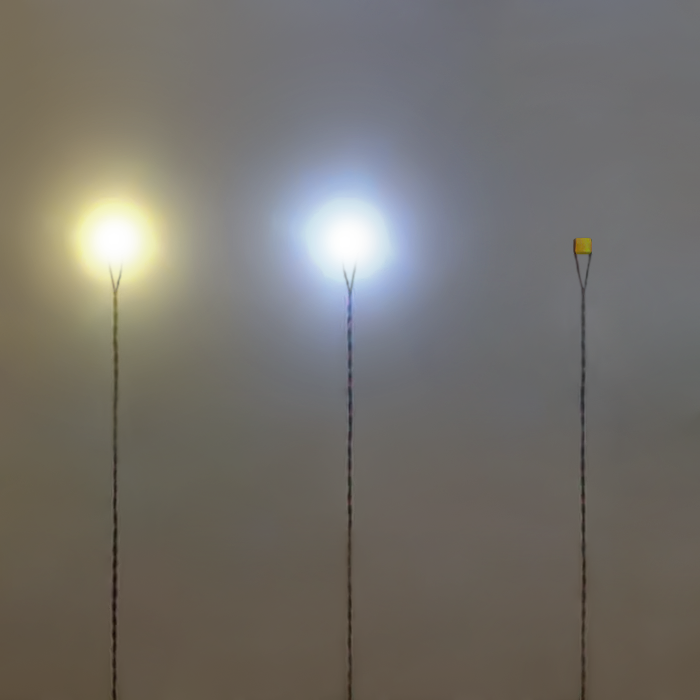
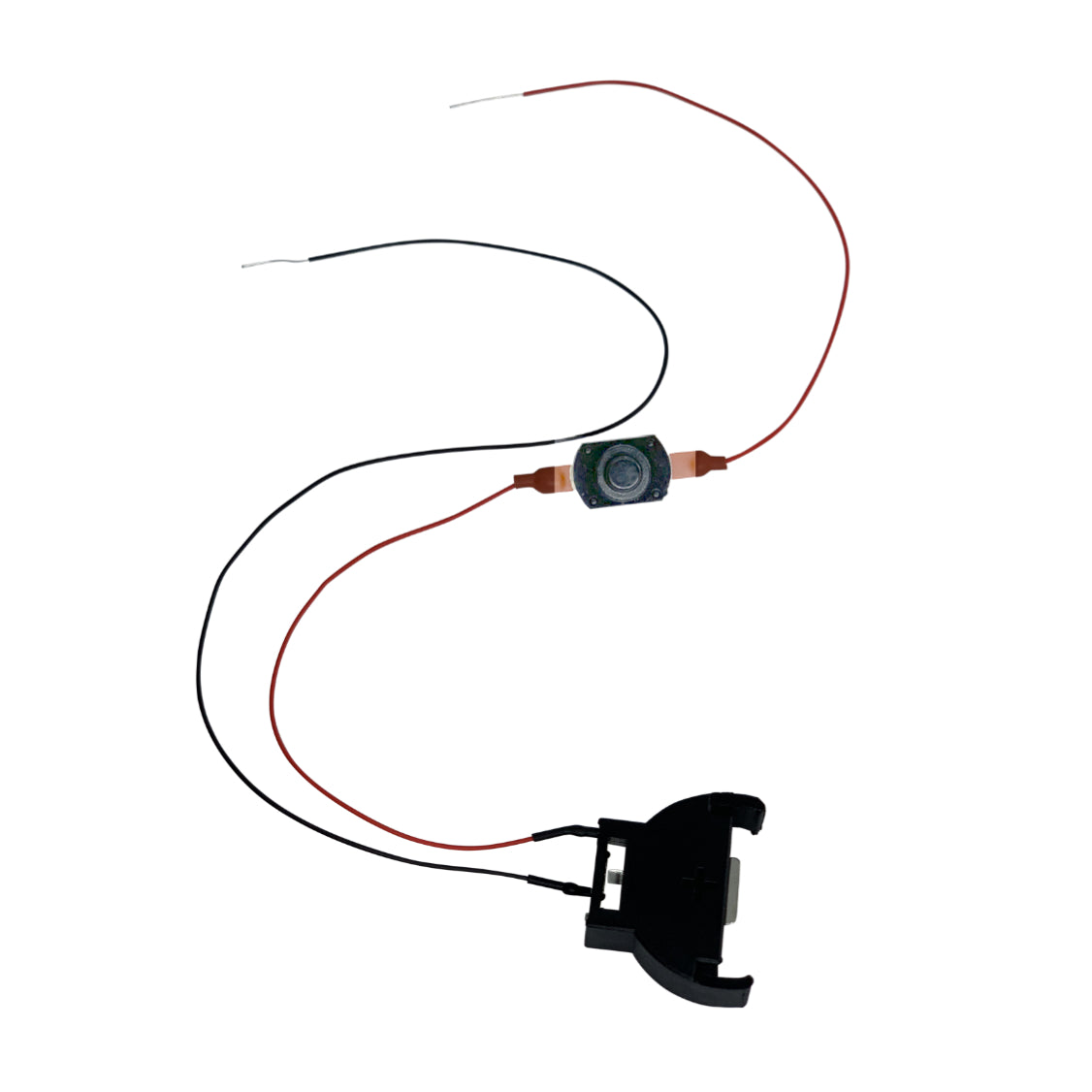


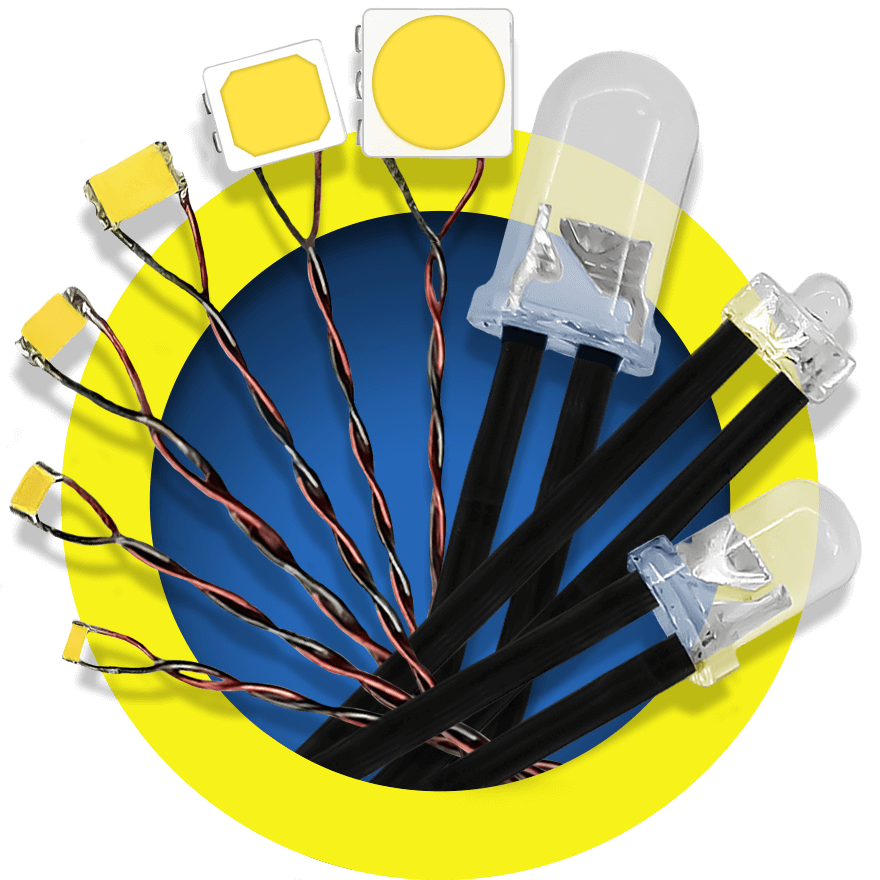

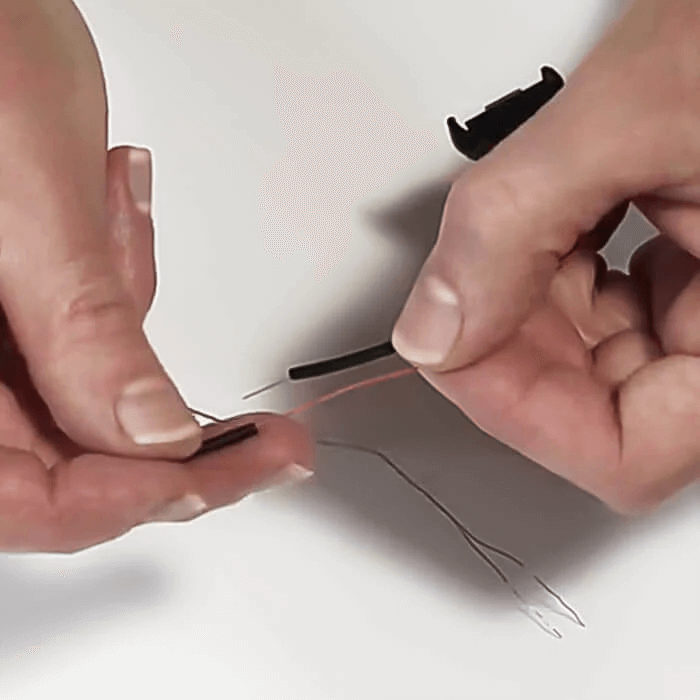

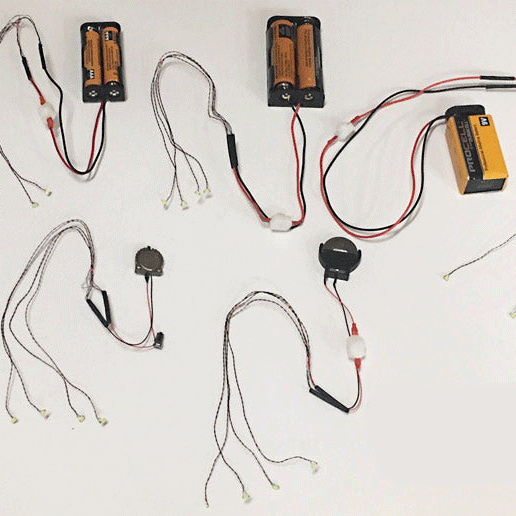
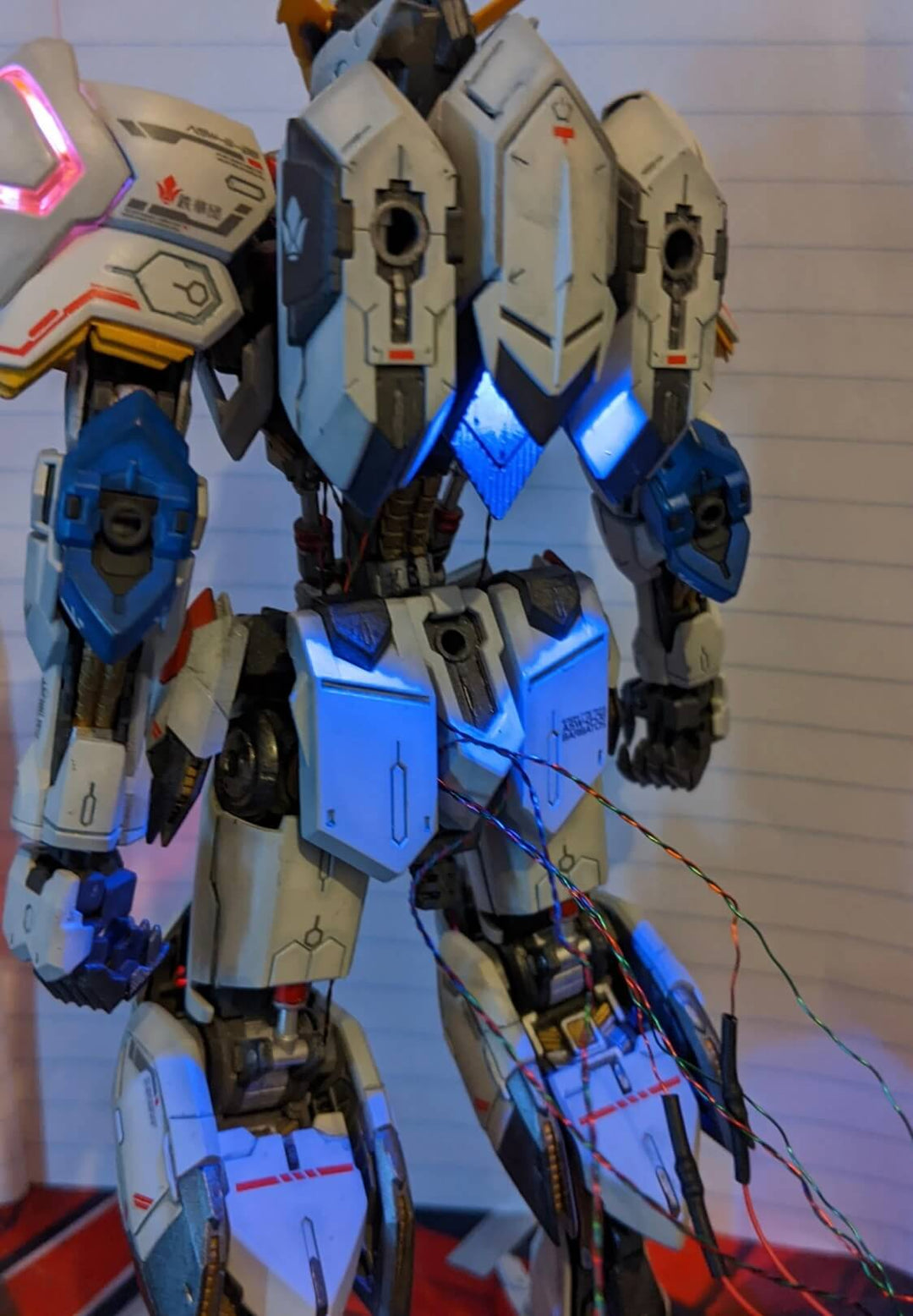
Leave a comment